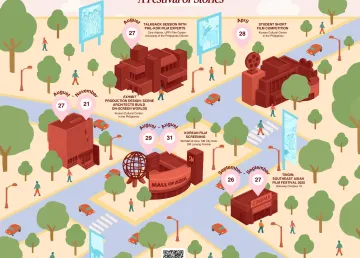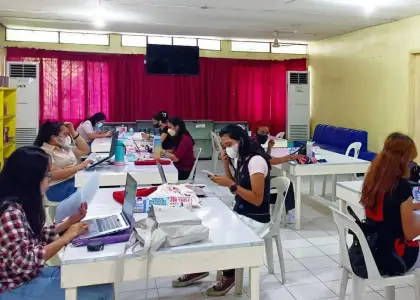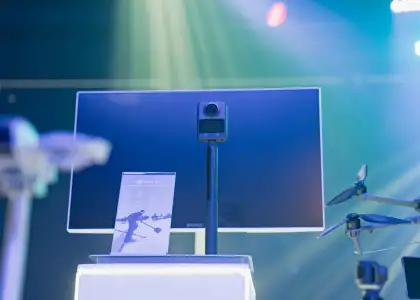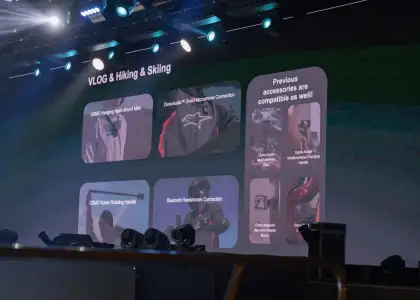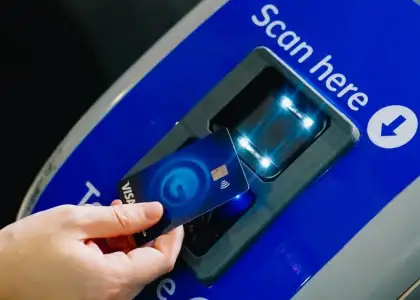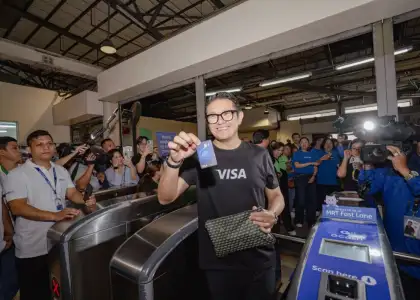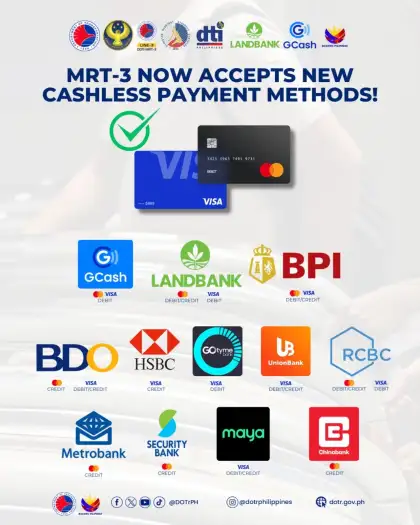Visa Introduces Latest Innovations in Digital Payment Technology
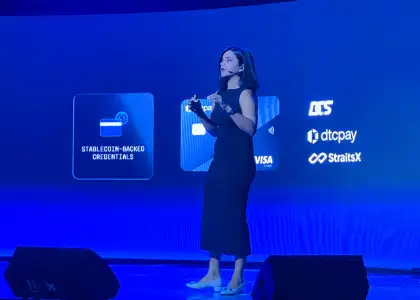
Leading multinational payment card services company, Visa, unveils an exciting lineup of products that will change the way you pay and manage online transactions.
Since its foundation sixty years ago, Visa has been driven by the same mission: “to be the best way to pay and be paid for everyone, everywhere.” With this, they created the first global payment ecosystem, giving millions of buyers and sellers the ability to confidently transact online.
Last July 1, Visa invited its partners and customers for an insightful session at the Samsung Hall at SM Aura Premiere for the unveiling of a suite of digital payment solutions, showcasing how the company is enabling the new era of commerce.
The Philippines’ digital payment sector is rapidly expanding, with the Bangko Sentral ng Pilipinas (BSP) reporting that 50% of retail payments were digitized in 2023. With digital transactions increasing, Visa’s AI-enabled solutions are set to empower Filipino consumers and business owners by providing secure and seamless payment experiences.
“The continuously growing digital payment sector in the Philippines makes it a prime environment for technological innovation — one that harnesses AI for the benefit of the digital Filipino business owner and consumer,” said Jeffrey Navarro, Country Manager, Visa Philippines.
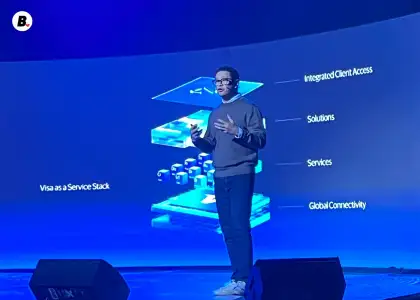
Expanding Connectivity and Payment Innovations
The first of the innovative payment solutions that was introduced touches on the very foundation of how Visa enables seamless commerce in today’s digital world.
“In the physical world, trust is easier to establish because each card is embedded with a cryptographically protected EMV chip, and that cannot be counterfeited,” explained Michelle Mascariñas, Head of Value-Added Services, Visa Philippines. “When a person makes a transaction, we can be confident that it’s you.”
This isn’t the case in the digital space, however, where online fraud is rampant due to the way buyers still have to manually input their credentials, which include the very sensitive 16-digit card number, CVV, and expiry date, on every merchant’s site that they’re purchasing on. According to Michelle, online fraud is 8x higher compared to face-to-face transactions, and on the seller side, the success rate is 6% lower than what it should be.
Digital Identity is composed of a suite of solutions that simply ensure that the person making the digital transaction is truly who they claim to be. This includes Passkeys, Tap to Confirm, and enhanced data that identify and authenticate digital users. The solutions are meant to make the process smoother and quicker for consumers, taking away the clunky One-Time Passwords (OTP) while improving payment security and authorization rates with enhanced transaction data and ultramodern fraud prevention techniques.
The company has already launched this with partners in the Asia Pacific region, including Australian supermarket chain Coles, and Maybank, a leading financial services provider in Malaysia and Southeast Asia.
Michelle also introduced another product meant to lessen the stress of thinking about how to manage your cards. According to their consumer research, the average Filipino has about five cards, including digital wallets, which means consumers are thinking about which card to use every time they pay, such as: "Should I pay for my coffee using my debit? My dining, to my cashback, and so on."
What if we tell you that Visa can do the thinking for you? With Flex Credential (Flex), cardholders can switch and toggle not just payment modes, but also installments and multi-currencies. It’s also poised to go even further with AI-driven recommendations tailored to each client’s preferences, spending habits, and more.
Two years ago, Visa first launched Flex in partnership with Sumitomo Mitsui Banking Corporation (SMBC) and Sumitomo Mitsui Card Company (SMCC), through their product Olive. Today, there are more than five million Olive account holders benefitting from it, with cardholder transactions averaging 40% higher than the national average in Japan over the past year. They’re not stopping there as Visa plans to launch it with Asia Commercial Joint Stock Bank (ACB) and two more issuers in Vietnam before the year ends.
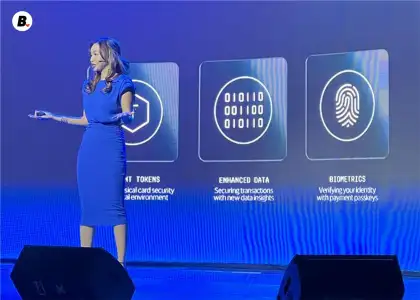
It's been mentioned that digital payments are rising in the Philippines, and many people today have mobile wallets — either the green or blue one, IYKYK. And although they make transactions more convenient, their footprints are often localized and specialized, meaning they can’t be used abroad. For the average Filipino traveler, this becomes an issue.
And so Visa is presenting us a solution with Visa Pay, a service designed to connect any participating wallet to any Visa-accepting merchant, local or international, in-store or online.
“No physical card, no problem. With just a few clicks, you will have access to over 150 million merchants at the palm of your hand,” stated Ezer Escolar, Head of Product, Visa Philippines.
It was also explained that Visa Pay will be embedded into the apps, thus streamlining the experience. There will be no complex enrollments or separate cards to manage. Simply activate it and you’re ready to go! This service also has a “Tap to Pay” feature, so buyers can simply pay by tapping their phones directly onto the terminal. Through partnerships with LINE Pay in Taiwan, Maya in the Philippines, OpenRice in Hong Kong, and Woori Card in South Korea, Visa is expanding access to its global network, giving consumers more ways to pay globally.
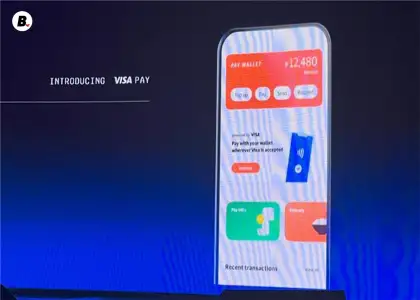
On the merchant side, Visa is extending a hand to microentrepreneurs and informal sellers such as street vendors and freelancers through Visa Accept, a new solution that allows them to receive payments directly to their eligible Visa debit card using any NFC-enabled smartphone. With this service, sellers will only need to activate the feature on their bank or wallet app, enter the amount, and let their customers tap their card on their phones. This exciting service is poised to launch in Vietnam, and hopefully in the Philippines as well, considering there are about a million micro merchants in the country, according to the Department of Trade and Industry (DTI), that could benefit from it.
“We are excited to work with local banks, acquirers, merchants, and the government in bringing these innovations to the Philippine market. Working with the right partners will help us translate these global innovations into real, tangible impact for local stakeholders — helping us all advance into the future of payments,” said Jeffrey.
Introducing Visa Intelligent Commerce
Poojyata Khattar, Head of Product for Regional Southeast Asia at Visa, led us through an exciting talk about what the future could look like in a new era of agentic commerce, where AI agents will be able to browse, purchase, and manage transactions on behalf of users. It’s like having a personal assistant, but better.
Over the past decade, Visa has invested more than US$3 billion in AI and data infrastructure, enabling regional partners — including AI platforms, fintechs, banks, and merchants — to connect effortlessly to the Visa network.
Visa Intelligent Commerce brings a suite of integrated APIs and a commercial partner program to AI platforms that enables developers to deploy Visa’s AI commerce capabilities securely and at scale. They announced that they’re exploring this innovation with Ant International, Grab, and Tencent to provide consumers with a secure and seamless checkout experience.
Poojyata gave a brief but packed demonstration of how AI commerce can ultimately manage one’s travel plans, helping you book your flights, hotels, and even activities for your trip. The AI agent will be able to do the work for you to find the best deals — and by best, we don’t just mean on the financial aspect, but also the personal side, as it can be set to match your preferences.
“Imagine the possibilities that AI brings to everyday life for Filipino digital consumers — from automatically ordering your favorite meals on Grab before you even think of it, to alerting you about the next big K-Pop concert and arranging all your travel plans,” she said. “With Visa’s trusted payment infrastructure and advanced AI capabilities, these seamless, secure, and enjoyable experiences are now within reach for everyone in the country.”
Although there are no specific timelines as to when we’ll be able to utilize these products in the country, we can’t wait to see how it all pans out. It’s safe to say that the future is gearing towards a more digitized world, one that prioritizes convenience and broader connectivity, giving way to seamless and secure transactions.
For updates, follow Visa on Facebook, X (Formerly Twitter), and Instagram.
Get the latest curated content with The Beat Asia's newsletters. Sign up now for a weekly dose of the best stories, events, and deals delivered straight to your inbox. Don't miss out! Click here to subscribe.





